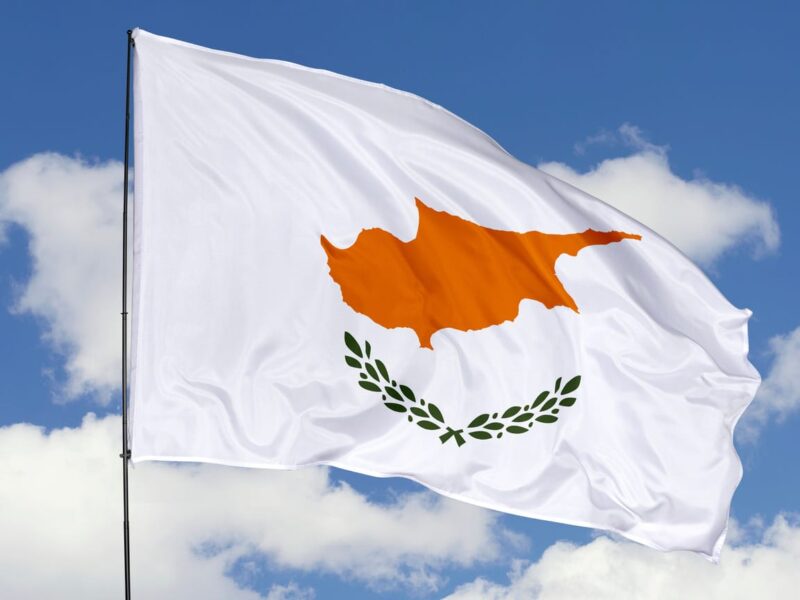The red envelope, or hóngbāo (红包), is far more than a festive monetary gift—it’s a powerful cultural symbol embedded in Chinese tradition and art. At China Art Hub, we explore the deep artistic and historical meanings behind this humble red packet. Rooted in thousands of years of ritual, the red envelope combines color theory, calligraphy, symbolism, and the spiritual belief into one of the most recognizable items of Chinese visual culture.
What is a Red Envelope in Chinese Culture?
The red envelope is a red-colored paper packet used to enclose money as a gift. Its origins trace back to the Qin Dynasty, where elders would thread coins with red string to ward off evil spirits. The red color, associated with luck and warding off misfortune, evolved into the red paper design still seen today.
Red Envelope as an Art Form
At China Art Hub, we view red envelopes as more than practical items—they’re canvases of cultural storytelling. The design elements on each red envelope vary by region, season, and artist. Traditional motifs include:
- Dragons and Phoenixes: Representing power and balance.
- Peonies and Plum Blossoms: Symbols of prosperity and perseverance.
- Fu (福): The character for good fortune, often printed upside-down to suggest “arrival of luck.”
Table: Common Elements in Red Envelope Art
| Element | Symbolic Meaning | Typical Use |
|---|---|---|
| Red Color | Happiness, luck, energy | All envelopes |
| Gold Foil | Wealth and power | New Year envelopes |
| Calligraphy (Fu, Shou) | Blessings and longevity | Wedding and birthday envelopes |
| Zodiac Animals | Identity and fortune signs | Given at Lunar New Year by birth year |
| Traditional Patterns | Cultural continuity | Used in custom or heritage-themed designs |
Historical Transition: From Tradition to Artistic Trend
Over the past century, the red envelope has transitioned from a purely cultural token to a modern collectible. Renowned Chinese artists and calligraphers have collaborated with studios to create limited-edition red envelopes featuring hand-drawn ink strokes, embossed gold patterns, and even digital prints using brush-style fonts.
In contemporary Chinese arts, red envelopes are increasingly seen as:
- Exhibitable items in art galleries.
- Archival materials studied in folk art courses.
- Design inspiration for digital NFT projects.
Red Envelope in Different Occasions
Red envelopes are not one-size-fits-all. Different events call for unique designs:
- Lunar New Year: Bright red with golden calligraphy and zodiac figures.
- Weddings: Double happiness (囍) symbol and elegant floral borders.
- Birthdays for Elders: Longevity symbols like cranes or peaches.
- Baby Showers: Cartoon tigers, pandas, or custom child-safe themes.
Why Artists Love Designing Red Envelopes
China Art Hub collaborates with artists who find joy in merging fine arts with folk tradition. The appeal of red envelope art lies in:
- Color psychology: Red and gold evoke emotional responses.
- Cultural symbolism: Each design tells a story.
- Accessible medium: Art that reaches homes and hearts directly.
FAQ: Understanding Red Envelope Art
Q1: Can red envelope designs be considered collectible art?
Yes. Many red envelope editions are now sold or displayed as part of Chinese folk art collections and museum exhibitions.
Q2: Are digital red envelopes replacing traditional ones?
Digital versions exist, especially in mobile apps, but physical envelopes remain central in ceremonies due to their aesthetic and symbolic value.
Q3: Is there a standard size or format for artistic red envelopes?
While the most common format is a vertical rectangle, artists experiment with sizes and folds depending on purpose, including tri-fold designs, horizontal formats, or embossed textures.
Q4: How do red envelopes reflect regional styles in China?
Southern Chinese envelopes tend to use more floral and mythological creatures, while Northern ones may emphasize calligraphy and linear patterns.
How China Art Hub Preserves Red Envelope Culture
At China Art Hub, we curate handcrafted red envelope designs through collaboration with traditional painters and digital illustrators. Each design reflects elements of:
- Traditional ink calligraphy
- Dynastic symbolism
- Storytelling through visual contrast
These efforts help preserve the integrity of Chinese folk art and offer a bridge between past customs and contemporary design.
Final Thought
The red envelope is a quiet guardian of tradition—vivid, symbolic, and always meaningful. By supporting its place in art, China Art Hub connects the dots between culture, craft, and community, showing that even a small red packet can carry the weight of history and the beauty of artistic expression.


